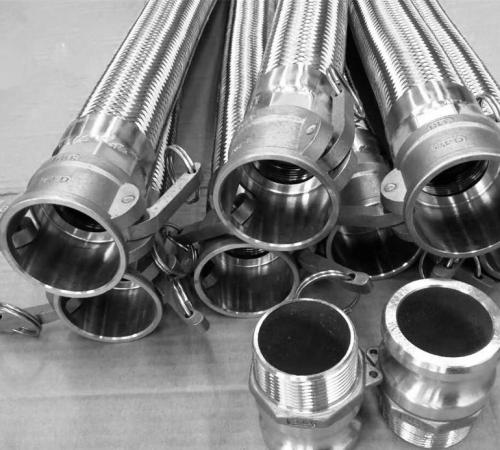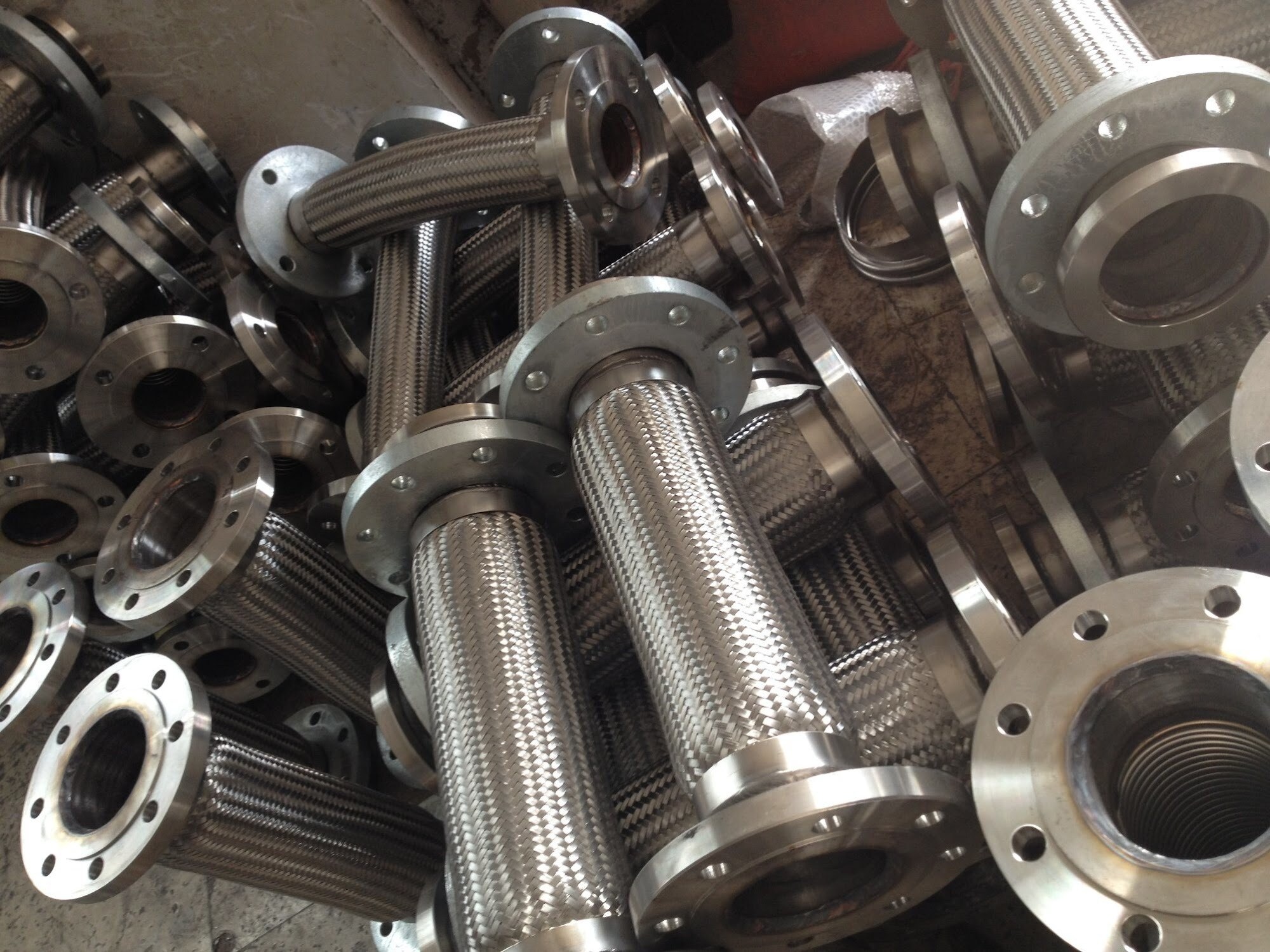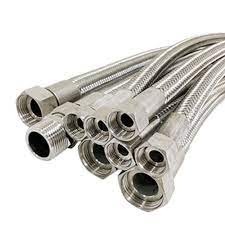A cooling system comprises serpentine cooling fluid passages cast into a work piece with carefully controlled turning radii and profiles. Individual interdigitated baffles are contoured in the plane of coolant flow to have walls that thicken and then round off at their distal ends. The outside radii at these turns is similarly rounded and controlled such that the coolant flow will not be swirled into eddies.
We hear a lot about the steelmaking industry due to its relationship with many other large industries such as oil and gas, automotive manufacturing, construction. In fact, steelmaking has a profound impact on just about every industry in one way or another. But we don’t hear much about the precursor to steelmaking, which is ironmaking. We don’t hear about it because iron isn’t very useful by itself. It’s brittle, dirty, and doesn’t have any of the performance characteristics that we expect of modern alloys. But because iron is still the backbone of modern metal making, it plays a huge role when it comes to refining fresh steel. The big difference between the two is that ironmaking uses a raw material (iron ore) to create what we call “pig iron,” and steelmaking is really more of a conversion process that adds and subtracts elements to turn the iron into steel.
The main way that Pig Iron is produced is through the use of a blast furnace. A blast furnace takes iron ore, limestone, and coke and smelts it into molten pig iron using extreme heat. The raw materials are dropped down into the towering cylindrical furnace and blasted with hot gasses as they fall, completing the chemical and physical change into pig iron. This is where the tuyeres come in. The tuyeres are responsible for delivering the hot blast and providing the means for the blast furnace to do its job. A tuyere is basically a nozzle assembly that forces hot air into the furnace to increase/maintain the heat required to smelt. Because the tuyeres are responsible for creating the heat inside the furnace, they get extremely hot. The copper tuyeres must be constantly cooled so that they don’t melt themselves as they supply hot blast to the furnace area that can reach over 4000 degrees!
These water cooling connections are a well-known application for Hose Master, as they often incorporate Metal hose industry. This is mainly because the extremely high heat environment around the hoses makes life for anything other than an all-metal construction unbearable. In fact, life for these hoses is so strenuous that mills often keep multiple backups for each of the water cooling connections and, with each tuyere having multiple water connections, it can be quite a few assemblies. To facilitate rapid replacement and minimize downtime, cam and groove fittings are often used to connect these low-pressure water supply lines to the tuyeres.
Diagnosing hose and piping issues like water cooling connections on a blast furnace and expansion joint can be difficult. If you have a flexible connection issue or application in a blast furnace or steel mill.








